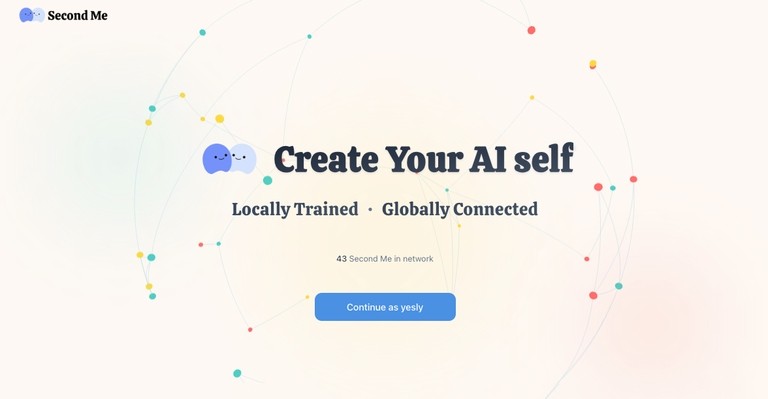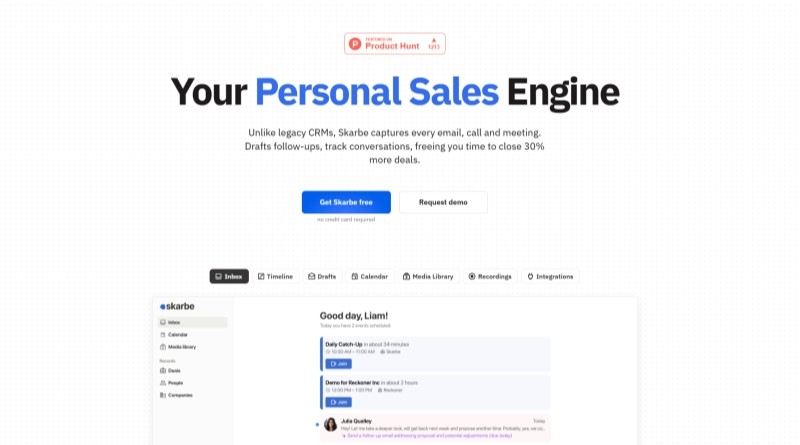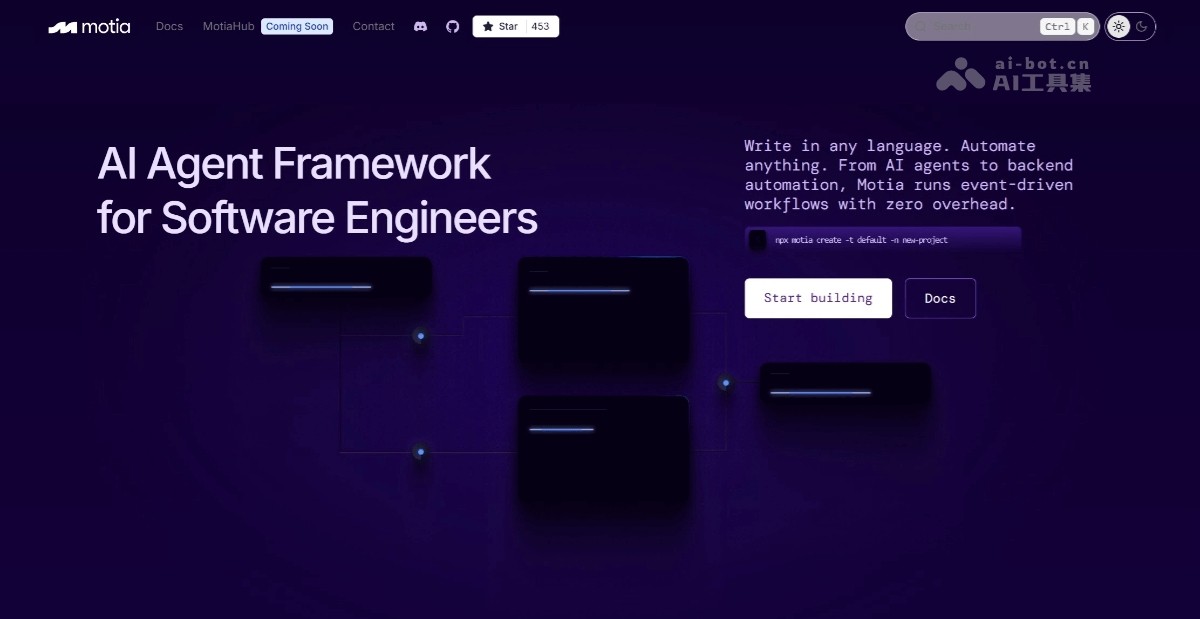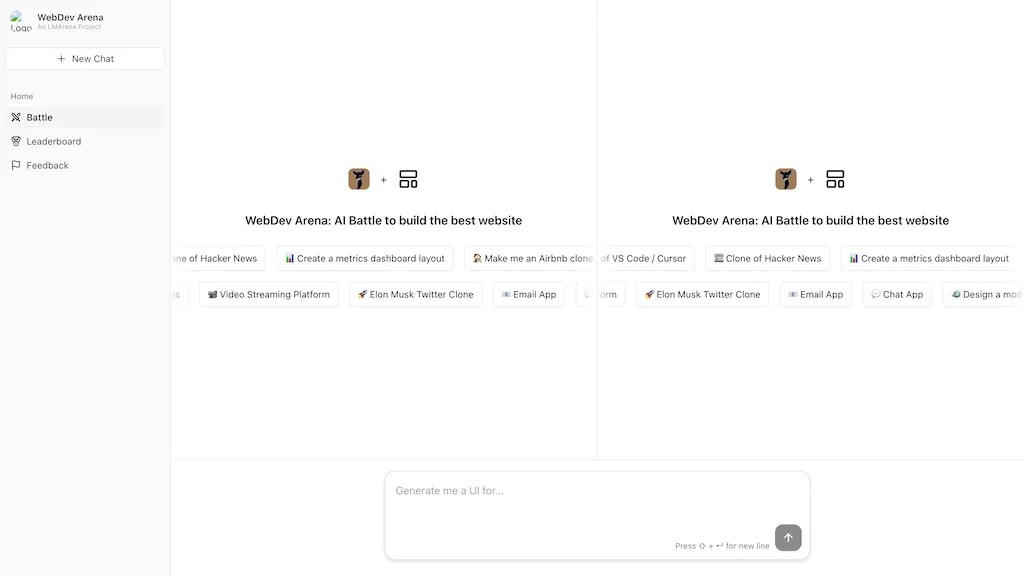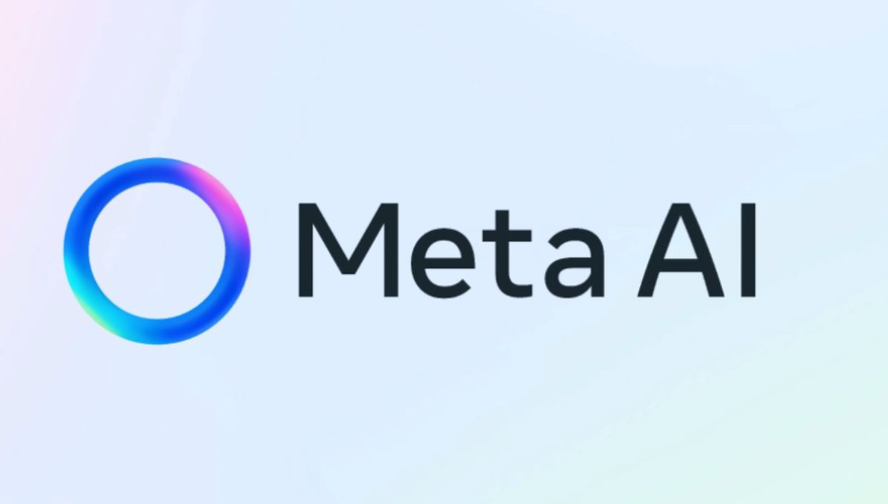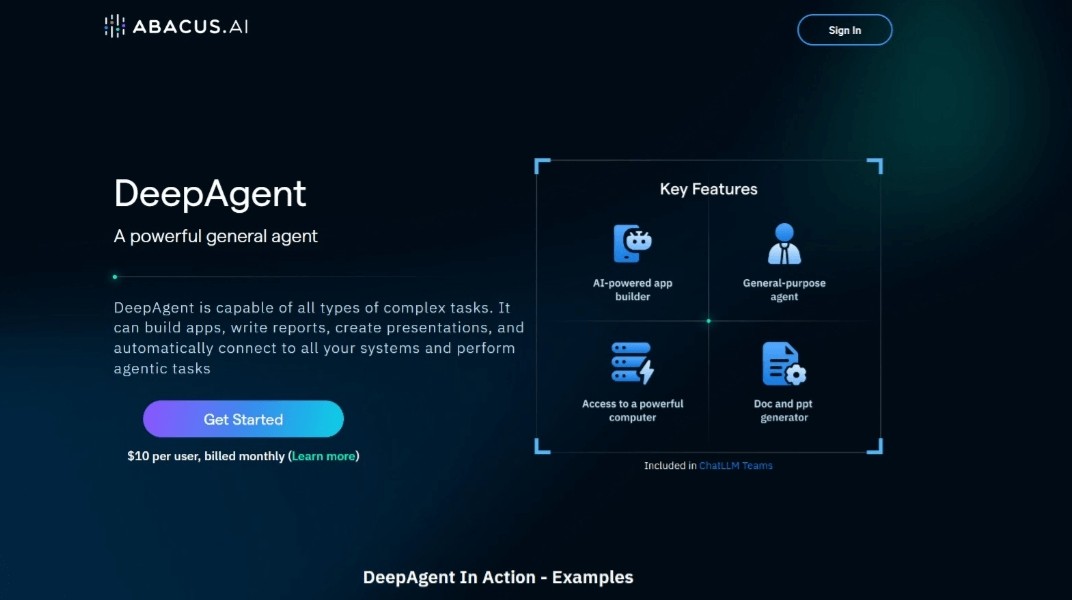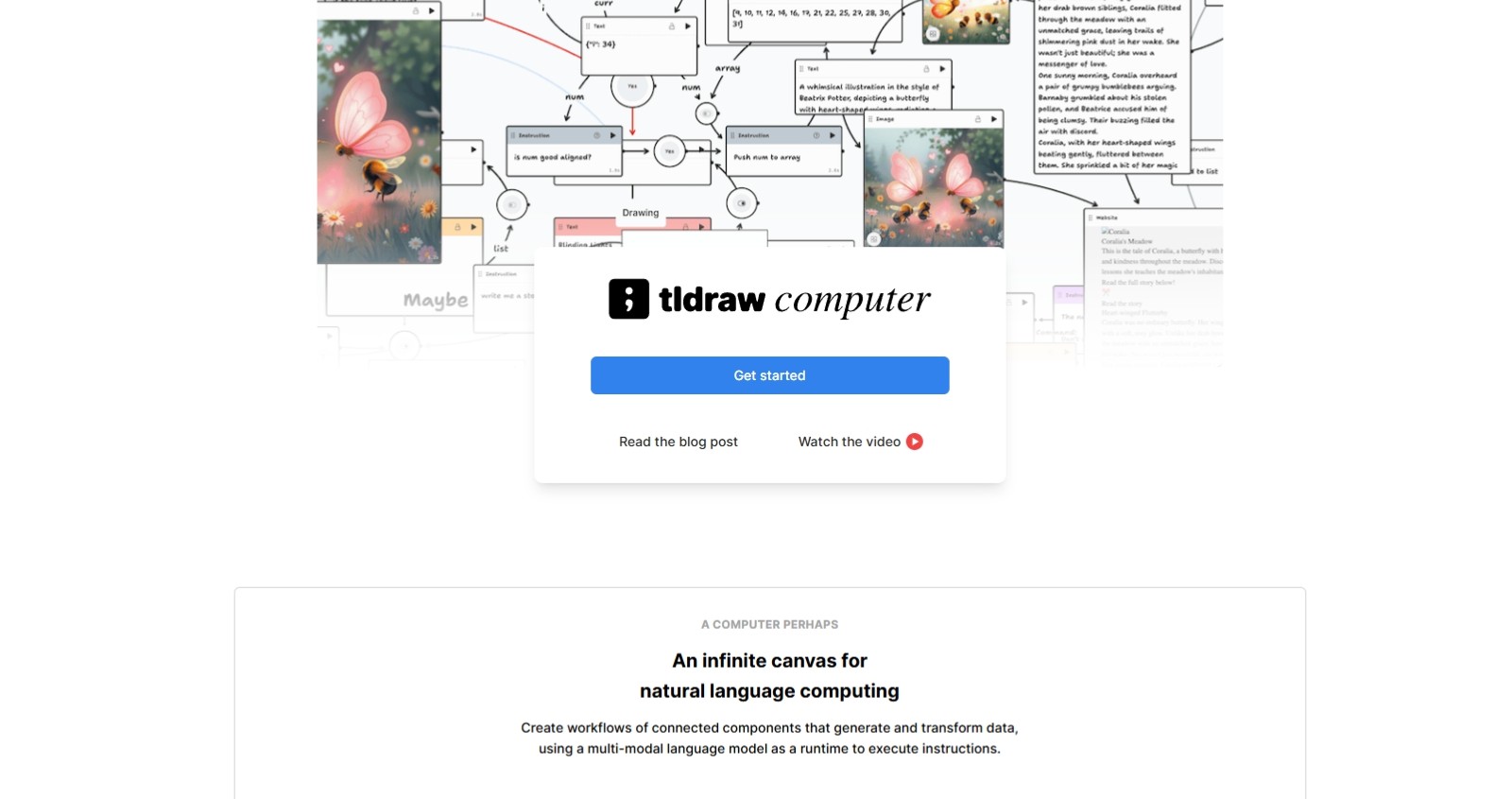
tldraw computer is an experimental project being developed by the tldraw team. It provides an infinite canvas that allows users to create workflows by connecting various components to achieve data generation and transformation. This product uses a multi-modal language model as its operating core and is responsible for executing user instructions. It represents the latest technology in the fields of natural language processing and workflow automation.
Core concepts
tldraw computer lets you build workflows by connecting components on the canvas. These components generate, transform, and disseminate data. The unique aspect is that you interact with these components using natural language instructions rather than traditional code.
Main features
Natural Language Interface: You use plain English to tell components what to do. This makes it accessible to people with no coding experience.
Visual workflow building: You create workflows by visually connecting components on an infinite canvas, making it easy to see the flow of data.
Multimodal Language Model: tldraw computer uses a powerful language model to understand your instructions and execute them. The model can handle various types of data and instructions.
Scalable and flexible: You can create complex workflows using branching, switching, and looping logic. The system is designed to be flexible and can be adapted to different use cases.
How it works
Create components: You add components to the canvas, each representing a specific task or functionality.
Connect components: You connect components using lines to define the flow of data.
Give instructions: You write natural language instructions for each component, telling it what to do with the incoming data.
Run a workflow: tldraw computer executes a workflow based on your instructions, generating and transforming data as it flows through components.
Examples and use cases
tldraw computer provides several examples to demonstrate its capabilities:
Story Generator: Create stories by connecting components that generate characters, settings, and plot points.
Sorter: Uses natural language instructions to sort items based on different criteria.
Battle Simulator: Simulates battles between different entities with different properties.
Inventor: An idea that combines different concepts to generate new inventions.
All in all, tldraw computer is an innovative approach to computing that uses natural language and a visual canvas to make complex tasks more accessible and intuitive. It's still an experimental project, but it has the potential to change the way we interact with computers and create complex systems.
You can visit their website to learn more and try it out for yourself:
Simply put:
Imagine that you can draw various small squares (components) on an infinite whiteboard. Each square represents a function, such as "generate random numbers", "search for information from the Internet", and "translate text into Chinese" etc. Then you connect these squares with lines to represent where the data is going to flow from. The most important thing is that you don't need to write code, you just need to use natural language (such as "add 1 to this number", "search for pictures about cats") to tell each box what to do. tldraw computer will understand what you mean and perform these operations, ultimately completing a complex workflow.
For example, you could draw a "Random Number Generator" block, connected to a "Translator" block, which is connected to an "Image Search" block. Then you tell the "translator" to translate the random number into an English word, and then tell the "picture search" to search for pictures based on this English word. This way, every time you run this process, you will get a picture associated with a randomly generated word.
